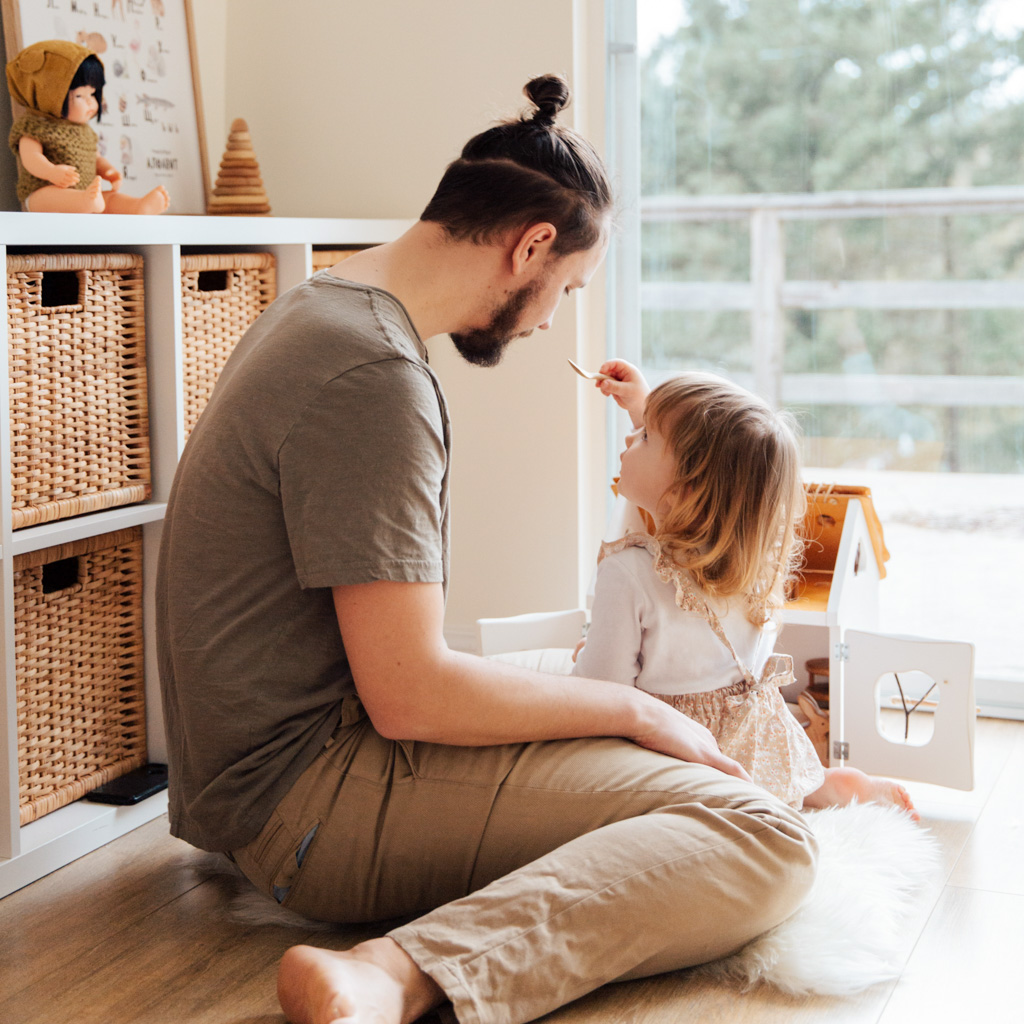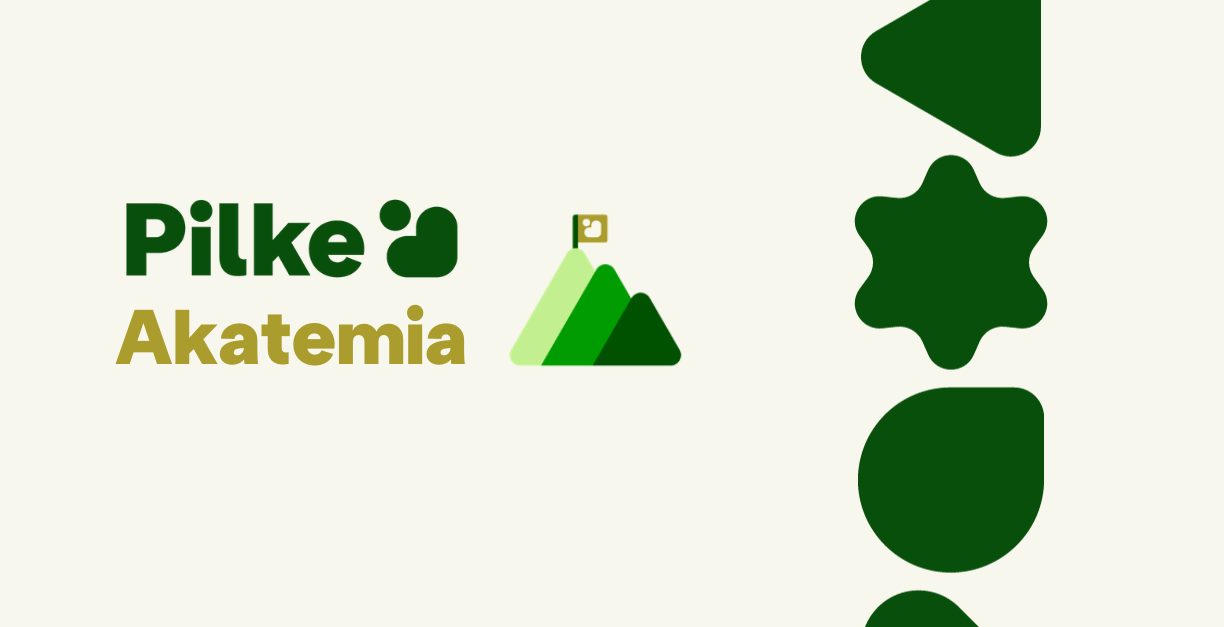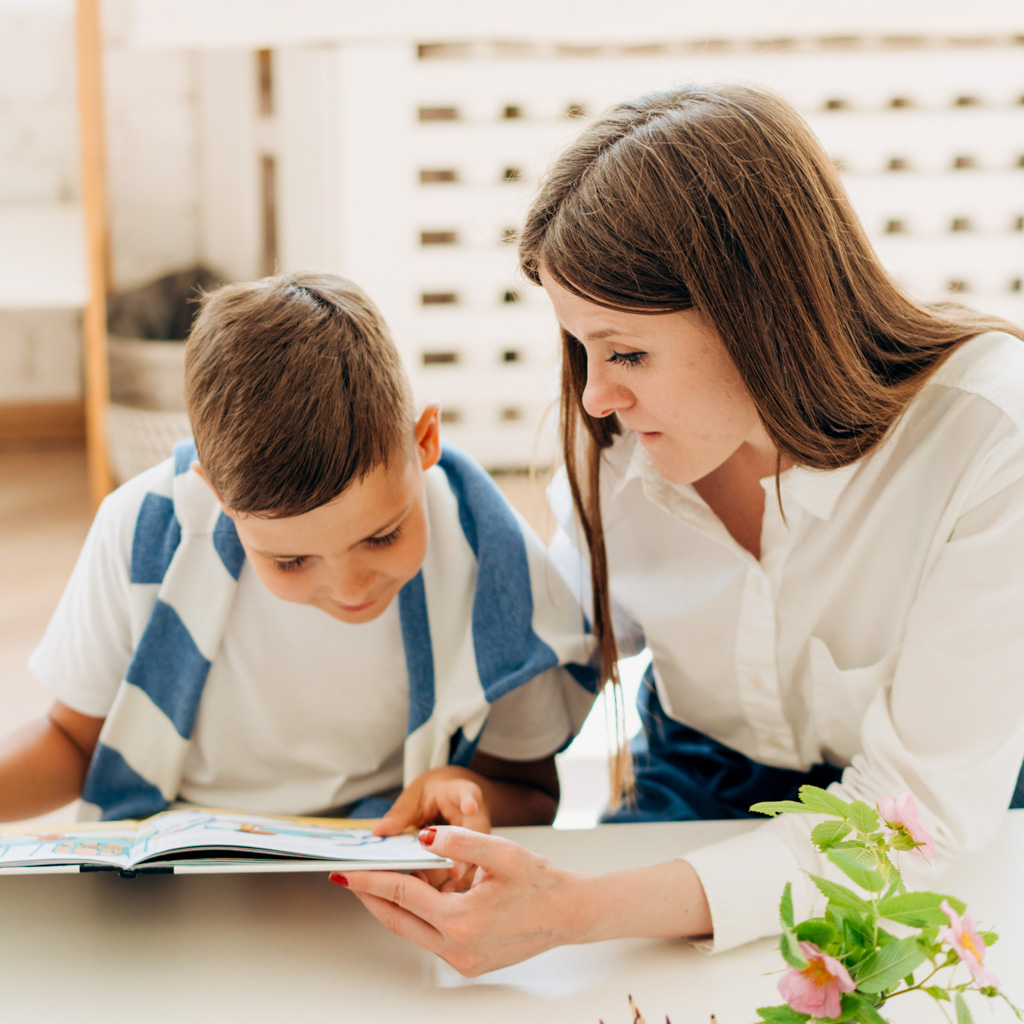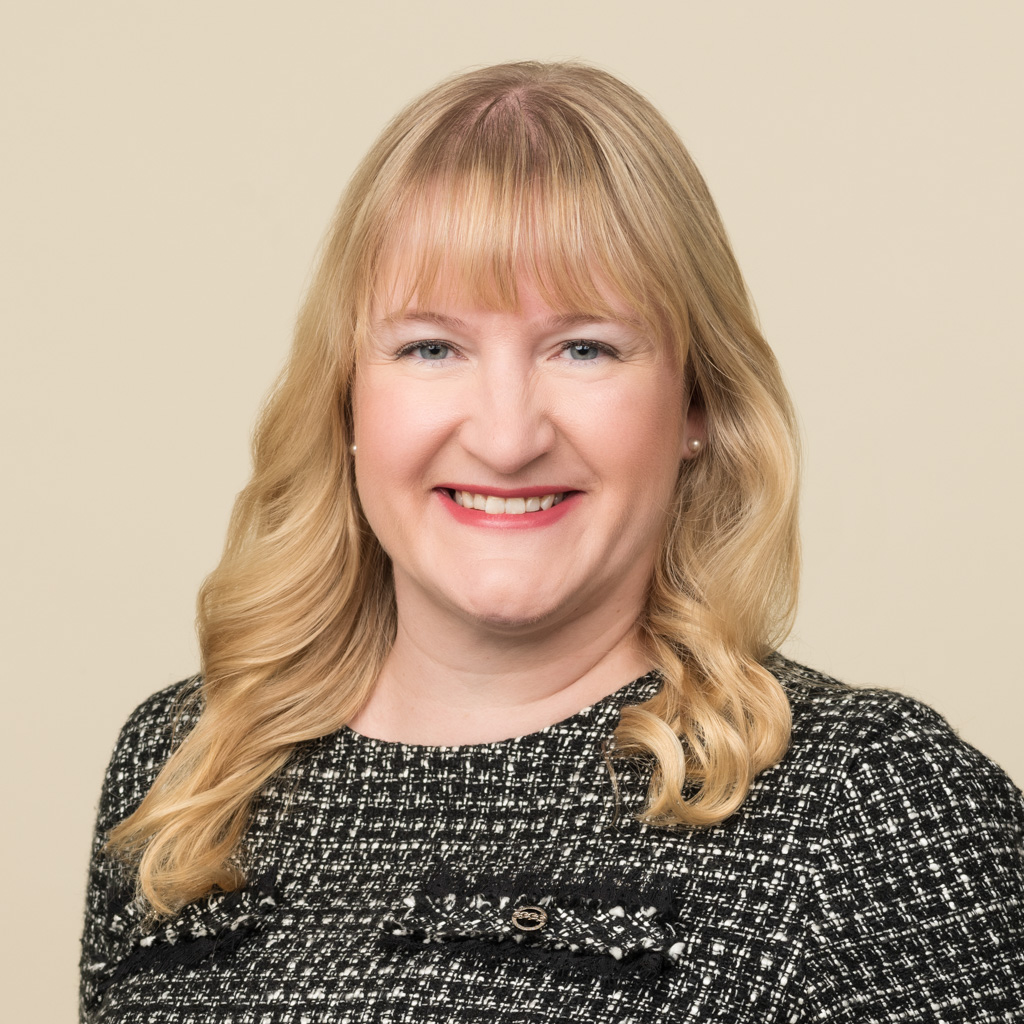Töihin Pilkkeelle?

Pilkkeen varhaiskasvatuksen, lastenhoidon ja iltapäiväkerhotoiminnan sydämen muodostavat yli 2600 ammattilaistamme.
Pilkkeen työntekijät pitävät hyvää huolta lapsista, ja meidän tehtävämme yrityksenä on pitää hyvää huolta työntekijöistämme.
Työyhteisö, joka tukee lapsen oppimista ja kasvua parhaalla mahdollisella tavalla, luodaan aktiivisuudella, ammatillisuudella, pedagogisella osaamisella, lapsen osallisuudesta huolehtimisella, muokkautuvilla oppimisympäristöillä sekä kannustavalla ja motivoivalla ilmapiirillä.
Pilkkeellä toimimme lempeydellä. Se tarkoittaa, että ajattelemme jokaisen ihmisen olevan arvokas omana itsenään.
Näemme toistemme vahvuudet ja iloitsemme niistä. Annamme jokaiselle mahdollisuuden kukoistaa omana itsenään.
Lempeä vuorovaikutus tukee meidän jokaisen hyvinvointia. Lempeä vuorovaikutus tukee myös lapsen kasvua ja sisäistä vakautta. Varhaisilla kokemuksilla on suuri merkitys kaiken tulevan kehityksen kannalta.

Me arvostamme osaavia työntekijöitämme, ja haluamme olla hyvä työnantaja. Olemme kiteyttäneet kolme teesiä toimintamme ohjenuoraksi.
Palkkaus ja työsuhde-edut
Tarjoamme useita etuja työntekijöillemme. Pilkkeellä osaavat ihmiset etenevät halutessaan urallaan nopeasti. Annamme aktiivisesti tunnustusta, palautetta ja palkitsemme hyvistä suorituksista.
Tarjoamme työnohjausta työntekijöille ja tiimeille, ja tuemme siten hyvinvointia, kehittymistä ja luottamuksen rakentumista työyhteisöissä.
Pilkkeellä maksamme yksityisen sosiaalipalvelualan työehtosopimuksen mukaista palkkaa, sekä sen päälle erilaisia osaamiseen ja työsuoritukseen perustuvia lisiä sekä palvelusvuosipalkkioita.
Pilkkeen työntekijöiden etuja liiketoiminnasta riippuen ovat muun muassa (alla laatikoissa on kuvattu tiivistetysti edut, tarkemmat yksityiskohdat etuihin liittyen kuvataan Pilkkeen henkilöstöohjeissa):
Työhyvinvointekomme 2023 parempaan työhyvinvointiin
”Pilkeläisten toiveiden mukaan vuonna 2023 olemme keskittyneet työhyvinvoinnin kehittämiseen. Pilkkeen tarjoamat työsuhde-edut on päivitetty, ja lisäksi olemme satsanneet vahvasti muun muassa johtamisen kehittämiseen”
– Elina Koivu, Pilkkeen henkilöstöjohtaja
Terveystalon työterveyshuolto
Terveystalon laajat ennaltaehkäisevät työterveyspalvelut sekä akuutti sairaudenhoito. Myös työkykyä tukevia etäpalveluita.
Sateenkestävä ulkoilutakki
Sateenkestävä välikausitakki työhön, jossa ulkoillaan lasten kanssa joka säässä.
Työhyvinvointi-raha tiimeille
Työhyvinvointirahaa tiimeillemme 30 €/työntekijä vuosittain yhteisöllisyyttä ja työhyvinvointia tukemaan.
Työsuhdepolkupyörä
Kannustamme pyöräilemään, ja Pilke tukee polkupyörän hankkimista työsuhde-etuna.
1000 € rekrytointipalkkio
Palkitsemme opettajien ja johtajien rekrytointiin johtaneista vinkeistä.
300 € valmistumisbonus
Kannustamme suorittamaan opinnot loppuun. Meiltä saat 300 euron valmistumisbonuksen.
1500 € muuttoavustus
Myönnämme muuttoavustuksen kauempaa muuttaville uusille työntekijöillemme.
Virikesetelit
Pilke tarjoaa työntekijöilleen virikeseteleitä kannustaakseen liikunnan ja kulttuurin pariin. Virikeseteleitä voi käyttää myös hierontaan.
HALTI
30 % alennus Halti- ja Raiski-tuotteista Haltin omissa myymälöissä.
25 % alennus hoitopaikasta
Tarjoamme 25 % alennuksen kokoaikaisesta asiakasmaksusta työntekijöidemme lapsille Pilke-päiväkodeissa ja iltapäiväkerhoissa.
SCANDIC
Scandic-alennukset ja Scandic Friends-jäsenedut.
Hierontaa työajalla
Paikat jumissa? Pilkkeellä on mahdollisuus hierontaan työajalla.
Edullinen lounas
Työpaikkalounas hintaan 5,10 euroa.
Palvelusvuosipalkkiot
Pilkkeellä 10, 15, 20, 30 ja 40 vuotta työskennelleet saavat palvelusvuosipalkkiot.
Pilke tarjoaa monipuolisia tehtäviä varhaiskasvatuksen, lastenhoidon ja iltapäiväkerho toiminnan ammattilaisille niin päiväkodeissa, esikouluissa ja iltapäiväkerhoissa kuin lastenhoidossa.
Päiväkodit
Pilkkeen varhaiskasvatus ja esiopetus on monipuolista, ja päiväkodeissamme on mahdollisuus valita myös eri tavoin painotettua opetusta. Noudatamme toiminnassamme aivan samoja tavoitteita, laatumittareita ja koulutusvaatimuksia kuin kunnalliset päiväkodit ja esikoulut.
Iltapäiväkerhot
Iltapäiväkerhot on tarkoitettu pienille koululaisille, yleensä ensimmäisten ja toisten luokkien oppilaille. Iltapäiväkerhot pidetään useimmiten lasten kouluilla, jotta lapset voivat jäädä kerhoon suoraan koulupäivän jälkeen.
Lastenhoito
Pilkkeen lastenhoidon palvelut tasapainottavat perheiden arkea luotettavan ja turvallisen aikuisen tuella. Yritykset tarjoavat lastenhoidon palveluja henkilöstöetuna ja yksityiset perheet voivat tilata kauttamme lastenhoitoapua.
Lastenhoito yrityksille
Pilke lastenhoito auttaa yrityksiä työn ja perheen yhteensovittamisessa.
Seuraa hyvän päivän tekijöitä instagramissa!
Seuraa meitä instagramissa!Työhyvinvointi ja laatu
Tuemme pilkeläisten jatkuvaa ammatillista kehittymistä ja hyvinvointia työssä. Tarjoamme monipuolisia koulutuksia omassa Pilke-Akatemiassamme sekä jatko- ja täydennyskoulutuskoulutusta yhteistyökumppanien kanssa.
Laadimme vuosittaisen työhyvinvointisuunnitelman, joka tukee pilkeläisten työssä jaksamista ja työhyvinvointia. Seuraamalla meitä somessa voit löytää #pilkettätyöpäivään -tunnisteella merkittyjä postauksia, joissa kerromme työhyvinvointiteoista.
Seuraamme henkilöstömme työtyytyväisyyttä säännöllisillä kyselyillä. Viimeisimmän henkilöstökyselymme mukaan Pilke työnantajana saa arvosanaksi 3,8/5. Tyytyväiset ja hyvinvoivat työntekijät luovat laatua asiakasperheille ja lapsille, ja tämä näkyy iloksemme erinomaisesti myös asiakastyytyväisyystutkimuksissamme.
Henkilöstömme yleinen työtyytyväisyys (asteikko 1–5, jossa 5 on paras, Pilke päiväkotien henkilöstökysely 2023)
Pilke-Akatemia perehdyttää ja mahdollistaa osaamisen kehittymisen
Pilke-Akatemia on pilkeläisten oma koulutus- ja kehittämisohjelma. Meillä on tärkeää, että Pilkkeellä jokaisella aikuisella ja lapsella on vapaus toteuttaa itseään.
Arvojemme – lempeä, utealias, leikkisä, määrätietoinen, kannustava, sitoutunut – mukaisesti Pilke-Akatemia haastaa pohtimaan omia urahaaveita ja tekee niiden toteuttamisen mahdolliseksi. Kuuntelemme, annamme aikaa, ratkaisemme ongelmia yhdessä ja kasvamme ammattilaisina joka päivä.

Uusien hyvän päivän tekijöiden perehdytys
Perehdytämme uudet Pilkkeen hyvän päivän tekijät työtehtäväänsä huolella, aina paikallisesti oman työn arjessa. Lisäksi järjestämme perehdyttämiseen keskittyviä webinaareja.
Tässä muutamia esimerkkejä Pilke-Akatemian perehdyttämistoiminnasta päiväkotien uusille työntekijöille:
- Kaikki Pilke-päiväkotien työntekijät suorittavat turvallisuuteen ja varhaiskasvatukseen liittyvät verkko-opiskelumateriaalit.
- Päiväkotiemme ammattihuoltajille on oma perehdytys ja koulutus, samoin kuin iltapäiväkerhojen sekä lastenhoidon työntekijöille.
- Päiväkotien johtajat perehdytetään omassa johtajavalmennuksessamme, ja he saavat lähipäiväkodin johtajan ja aluejohtajan tukea työhönsä – lue tästä lisää Pilkkeen tutortoiminnasta uusille päiväkodin johtajille.
Jatkuva kehittyminen ja työssä oppiminen
Osaamisen kehittämisen suunnitelmat tehdään pilkeläisten työroolien ja kiinnostuksen mukaisesti. Tuemme osaamisen ylläpitämistä ja kannustamme opiskeluun ja ammatilliseen kehittymiseen. Palkitsemme valmistumisesta.
Järjestämme Pilke-Akatemiassa säännöllisesti erilaista koulutusta, esimerkiksi:
- Vaka-klinikoissa perehdytään ajankohtaisiin varhaiskasvatuksen teemoihin ja ilmiöihin.
- Varhaiskasvatuksen erityisopettajat neuvovat haastavien tilanteiden käsittelyä.
- Painotuspäiväkodeissa tarjotaan syventävää koulutusta painotuksen aloihin, kuten tieteeseen tai musiikkiin.
- Päiväkotien johtajat verkostoituvat säännöllisesti koulutuspäivillä muiden pilkeläisten päiväkodinjohtajien kanssa.
- Henkilöstöinfot, asiakkuus- ja some-klinikat sekä HR-klinikat ovat tärkeä osa aktiivista koulutustoimintaamme.
Pilke-Akatemiassa on mahdollista suorittaa työhön liittyviä tai omaa osaamista täydentäviä ammattitutkintoja. Meillä on paikallisia yhteistyösopimuksia useiden oppilaitosten, ammattikorkeakoulujen ja yliopistojen kanssa. Parhaillaan on käynnissä mm. Lähiesimiehen ammattityötutkinto (LAT), Johtamisen ja yritysjohtamisen erikoisammattitutkinto (JYET), Varhaiskasvatuksen perusteet ja Lasten kasvatus- ja ohjausalan tutkinto.
Monien mahdollisuuksien Pilke – Millaisen uraunelman ja ammatillisen kehittymisen polun sinä haluat rakentaa itsellesi?
Yli 2600 pilkeläisen varhaiskasvatuksen, perusopetuksen iltapäivätoiminnan ja lastenhoidon ammattilaisen joukkoon mahtuu yhtä monta omaa uraunelmaa ja -polkua. Pilkkeellä on lähes rajaton mahdollisuus oppia, kehittyä ja kasvaa – tai jopa vaihtaa suuntaa.
Hyvän työpäivän ja urapolun ainekset Pilkkeellä löytyvät erilaisista tehtävistä, erikoistumisesta, eri liiketoiminnoissamme, eri-ikäisten lasten ja nuorten parissa, eri puolella Suomea ja erilaisissa työn muodoissa.
Meillä on iltapäiväkerhojen ohjaajia, jotka ovat kouluttautuneet varhaiskasvatuksen lastenhoitajiksi tai opettajiksi. Osa ammattilaisistamme haluaa edetä esimies- ja johtajatyöhön, kun taas toiset erikoistuvat vaikkapa painotteisuuksiin tai pedagogisiin suuntauksiin. Moni pilkeläinen on löytänyt uuden työpaikan ja Pilke-yhteisön toiselta paikkakunnalta, kun perheen elämäntilanne on muuttunut.

Pilke on osa kansainvälistä organisaatiota, minkä ansiosta pilkeläisillä on mahdollisuus työn kiertoon ja vaihtoon Dibber-päiväkodeissa ympäri maailman. Tarvitsemme myös jatkuvasti sijaisia ja osa-aikaisia työntekijöitä – ja se sopii usein mainiosti eläköityneille hyvän päivän tekijöille.
Tässä vain muutama esimerkki. Meillä voit itse vaikuttaa oman urasi ja unelmiesi suunnan. Tervetuloa Pilkkeen maailmaan!
Liity mukaan joukkoon ja hae meille töihin!
Pilke on iso työnantaja ja meillä on jatkuvasti auki erilaisia työpaikkoja päiväkodeissa, iltapäiväkerhoissa ja lastenhoidon parissa ympäri Suomea.
Tutustu avoimiin työpaikkoihimme ja lähetä meille hakemus. Jos et löydä tällä hetkellä avoinna olevista työpaikoista itsellesi kiinnostavaa tehtävää, kuulisimme silti sinusta mielellämme.
Kysy lisää!

Henkilöstöjohtaja
Elina Koivu
Voit olla myös suoraan yhteydessä oman alueesi Pilke-päiväkotien johtajiin, aluejohtajiin tai iltapäivätoiminnan aluekoordinaattoreihin.